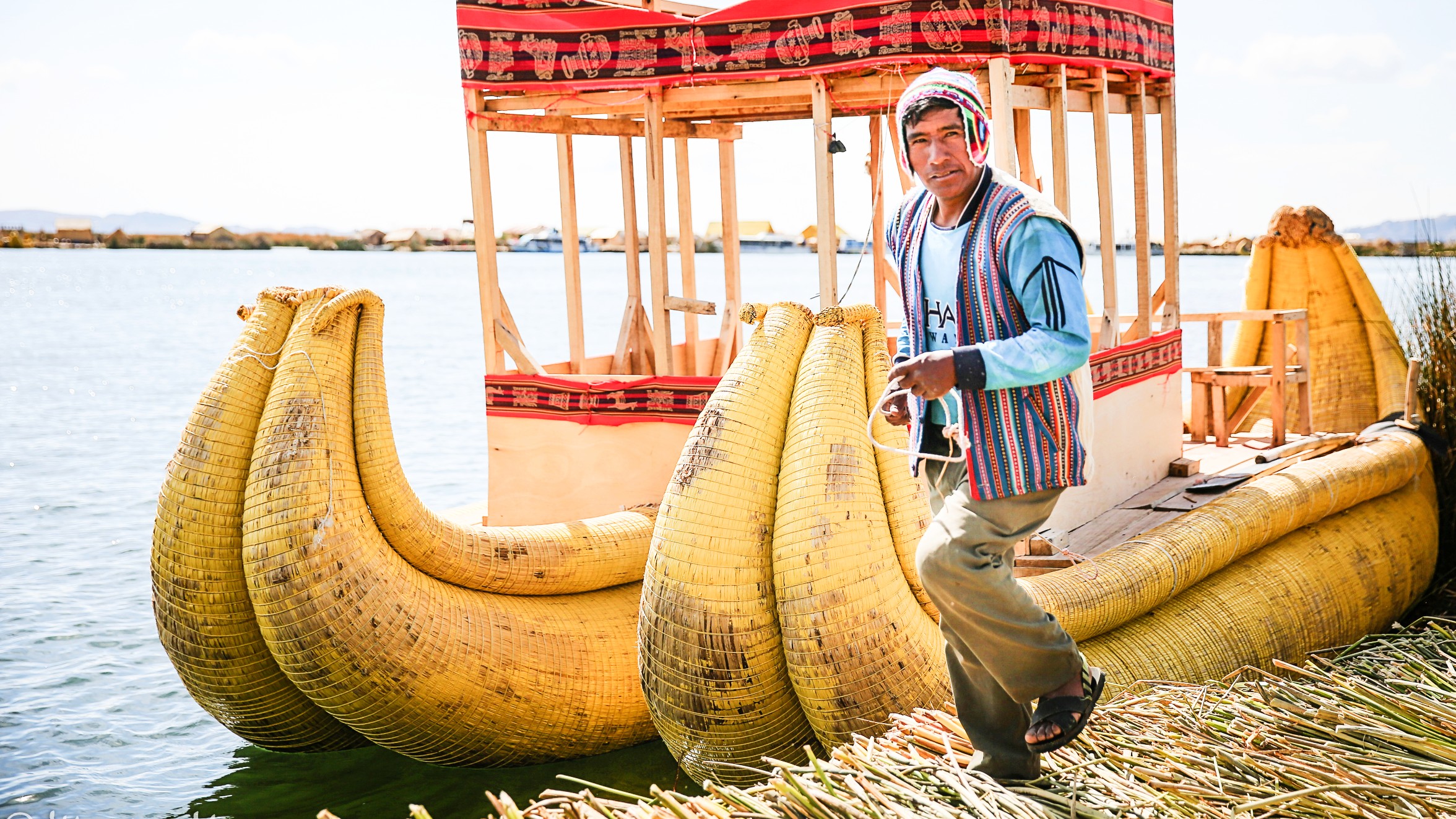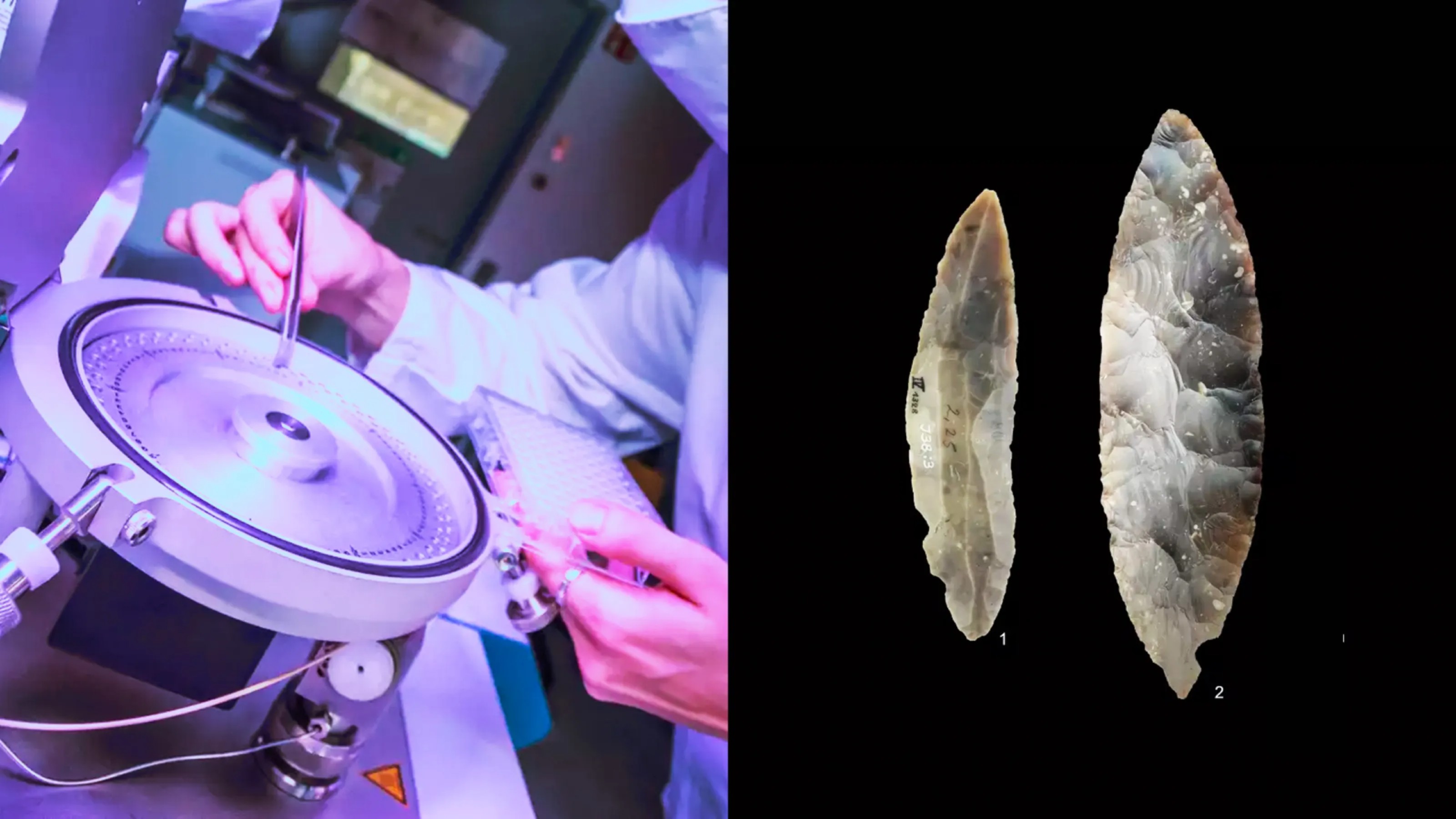Big Think spoke with historian Marc-William Palen about the egalitarian aims of the free-trade movement in past centuries.
In 1924, sociologist and social reformer Caroline Bartlett Crane designed an award-winning tiny home in Kalamazoo, Michigan.
Archaeologists have identified what may be Europe’s oldest human-made megastructure.
The Uros of Lake Titicaca live on floating islands made from reeds. How did they get there?
The study suggests that human ancestors expanded across Europe faster than previously thought.
“She understood me and I understood her. I loved that pigeon.”
New DNA analyses raise questions over the theory that Christopher Columbus and his men brought syphilis to Europe.
Skilled hunters adapted to the changing landscape and left tantalizing clues to who they were.
Archaeologist Bernard Frischer spent decades uploading the ruins of the Eternal City to the cloud. Here’s what it looks like.
They have held our fascination ever since we first identified their remains.
Teller and Sagan debated fiercely over nuclear proliferation. But was the conflict as personal as it was intellectual for Teller?
When battles raged in ancient cities, their rocks blazed so brightly that they could be reoriented according to Earth’s magnetic field.
Along with obsidian that dazzled scientists in Canada.
Meet the people paid to rouse the workers of industrial Britain.
A sober look at a wild conspiracy theory that argues the Middle Ages never happened.
The Parthenon embodies the ideals of perfection Classical Greeks sought from architecture. The neighboring Erechtheion offers something else.
Today, the F-word is enjoying a renaissance the likes of which it hasn’t seen since, well, the Renaissance.
Almost all royal lines try to legitimize their rule with legendary origin stories. Here are five of the strangest examples.

















